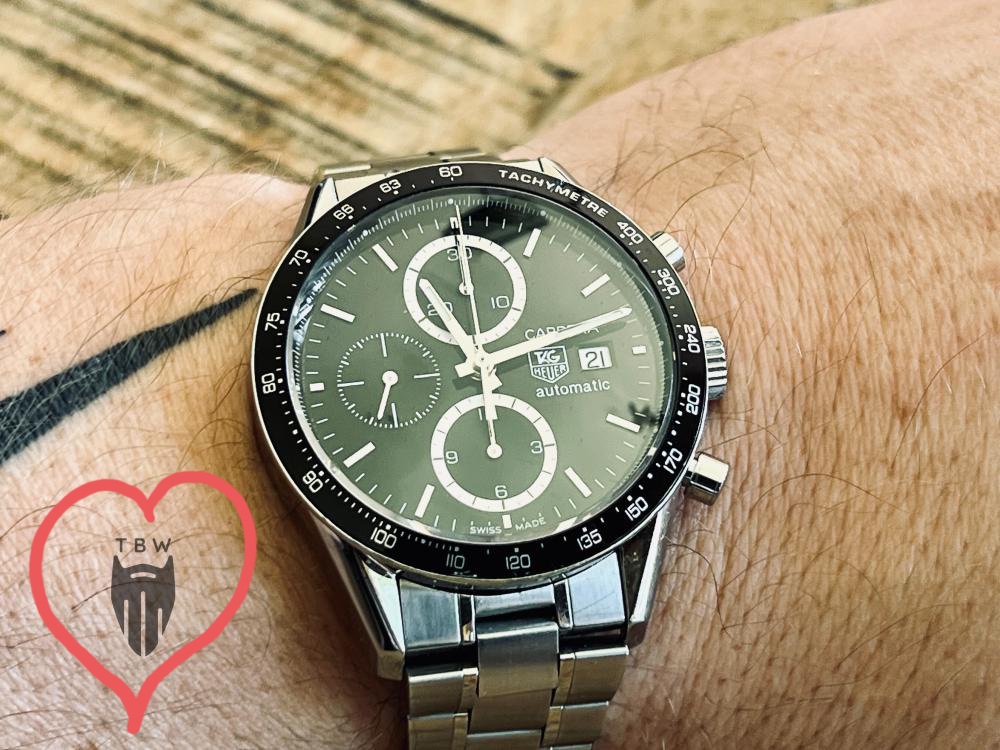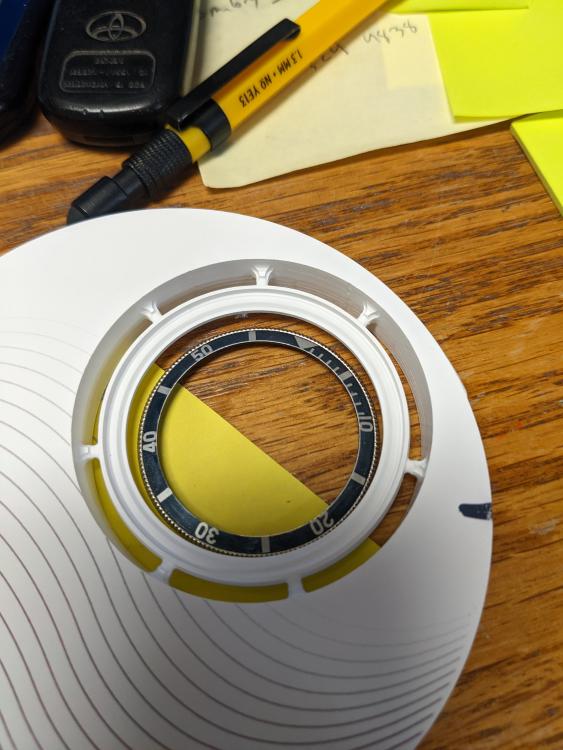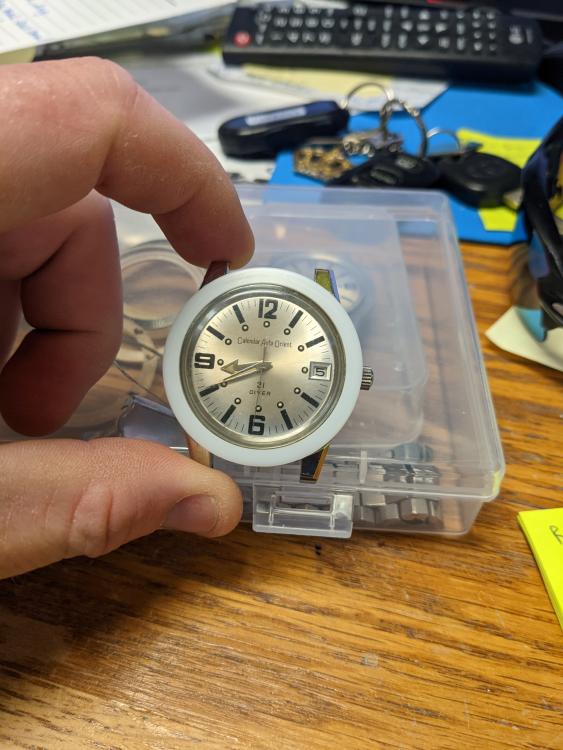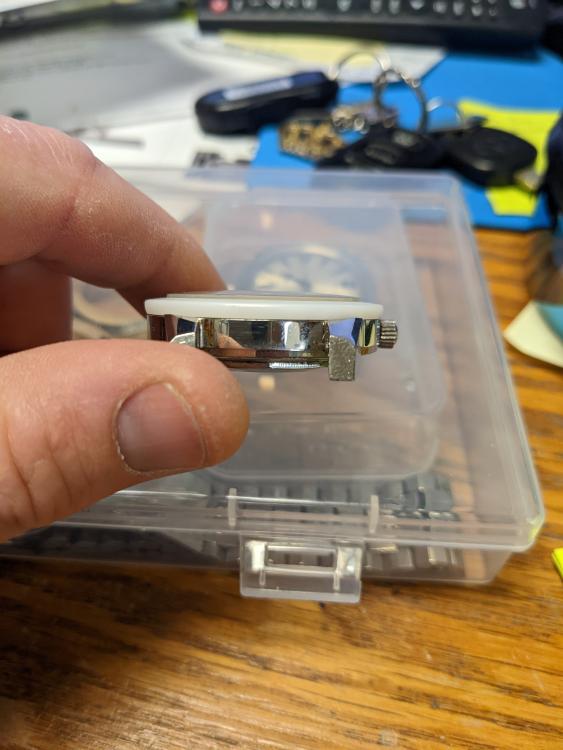Leaderboard
Popular Content
Showing content with the highest reputation on 11/30/22 in all areas
-
3 points
-
3 points
-
I'm in two minds. If it increases the resale value, or you want it to be your watch, then it might be a good if not expensive thing to persue. But then again, perhaps in 10-15 years Scotland Yard might announce that they've finally uncovered the identity of the infamous East Scunthorpe Sewerage Strangler, and suddenly your old retirement watch is worth a mint to some weirdo.3 points
-
2 points
-
Here's a copy of a Wostep handout regarding the escapement. It doesn't use the exact same terminology as @nickelsilver's steps, but I believe it covers the same territory. Escapement handout wostep nscc.pdf2 points
-
Will do. Hes out of little offenders for auto theft today , he likes some tunes on so if you can leave your keys in the ignition for him that would be great. He said it depends on the market price of your car.2 points
-
Can you check freddy's availability for next week, my car is filthy2 points
-
These don't need any commentary from me. Enjoy. More examples here. https://www.youtube.com/@Waterpearl_escapement2 points
-
No that's definitely a bad attitude. Especially with American pocket watches the banking pins are movable and you should definitely move them leave them in some random place because you can what would be the consequences? Just to be technically correct that's not exactly a wostep handout. If you look carefully at the title which I think I changed after I downloaded it it's a combination of wostep and North Seattle community college As that's Where I down off their website. Which is why it's kind of a mixed up mess of things. But still it's good even if it is kind of a mess Then there's the problem with escapement terminology and time and wherever you're located or and a combination of all of us. If you look at various handouts on the escapement and I'll add in a couple more for you they have differing terminologies and they'll get obsessed with certain terminologies and stuff. The terminology becomes kinda Of amusing like so many things in watch repair there can be actually multiple names for the same part just depending upon where and when. But as you like handouts let's attach a few more. I usually think of the banking pins is there for Horn clearance only. But other people think of them as solutions to potential problems that they perceive they have or have not. Which is why typically on American pocket watches with movable banking pins they been moved. Then related to these so-called wostep handout is this lecture. Yes a perfect example of what happens when you film a lecture given at AWCI convention the audio sucks. But it's an extremely good lecture he's a very good teacher is well worth your time and effort to try to make it through it. Elgin watch company Escapement Terminology.PDF Escapement Detached Lever Escapement.PDF Escapement Elgin setting up the escapement.PDF1 point
-
This sounds fun. I gather the main problem is getting the lube into the bearing areas. I would tend to go for a lube which incorporates a solid lube such and moly, graphite or ptfe. The solid lube will plate out onto the surfaces and do the lubrication once the oil has gone. You could also consider dilution of these oils with say lighter fuel (which will evaporate to leave the oil in place) to get better penetration. Autowinder reverser wheel lube? Even a penetrating oil may work. I would avoid greases and anything that has waxy additives (WD40!!), as these will just collect muck and seizure may follow. Have fun!!1 point
-
1 point
-
Hi fellas, I'm pretty sure you've both read this but it will take some mystery out of things. I know it's a chore without accompanying pics but if you do those checks you won't be bending stuff willy-nilly. Just had a "chronometer" (in name only haha) pocket watch in with both pins bent the same direction, did my checks and the escapement was . Why they were bent I don't know, but I would have spent some time un-doing had I just straightened them.1 point
-
CousinsUK has a wide range of parts for this movement https://www.cousinsuk.com/category/filter/eta-parts-search1 point
-
Hi Its made by Lauer and Khun Villingen Germany Uses a count wheel strike, looks in fair/good condition and would benifit from a good clean and some fresh oil. reccomend Windles clock oil.1 point
-
1 point
-
Alibaba offers watch cases and dial etc, with MOQ just one piece.1 point
-
I've seen bronze plated cases on eBay. Something similar but not exact. You will have to source for the dial, hands and miscellaneous hardware separately too. https://www.ebay.com/itm/374329358374?var=643215701470&hash=item5727c4b826:g:zr4AAOSwuJtjX0bQ&amdata=enc%3AAQAHAAAA4PWEsM7EgigoV%2Fi4A54TVfhFRLm3w7O6c1gSCoaRVxs%2FluX1DZNVzzYOhF2JccUinBpgwf7GNMAgWmmdjsuyf7wiKSiDH%2FpueJXgdpZ38IXoyak8NEzhcZKgumPA655ox7Jt3euJt2UwpZXMMMFm%2F0ebGWA5Jwqx6XSj973QE78g9vVAuJdqttafidiEuoNInPqERvkfYCBMbV5MZE4a6%2BczkcTBQXz5gXRWvpoXWikayooYGVvNj9b%2FZtO6dGdFO3qJi1faMygfFXWraOR4FgA4RYpVQAccL3Uk%2B5F4IwOs|tkp%3ABk9SR4is9PyYYQ1 point
-
I think many good case refinishers now offer laser welding to repair worn cases as well as to fill in engraving. I know the guy my main client uses does, and it's always invisible. Don't know the cost though.1 point
-
@Liqnov Do you know for a fact that the watch you have shown is actually a real, physical watch (because it looks like a CAD model rendering to me). Those "parts" that you think you're seeing may not be "real" parts at all.1 point
-
Ebay is as good a place to start looking as any. After that check the material houses and suppliers listed in the Watch Parts and Tools Suppliers section.1 point
-
The problem with history on the back of your watch is for a lot of people it decreases the value considerably. On the other hand a lot of the engravings are very stylishly done and to me it's part of the decoration it's not really an issue. But is the decreasing in value that upsets people. That's the problem that I'd be concerned with. Gold tends to have color variations. I've seen were somebody had a case replayed it for instance and to me it didn't look right bigger just didn't look like the right shade of gold. Then depending upon the case back it may be expensive in that if the case back is smooth you can just fill it in with whatever slaughter you have but solder tends to not necessarily be the same carrot as the original gold because it does have to melt. So you fill it all in polish it backed ounces nice and smooth and possibly replace the entire case just so it all matches. But if you want to find out find somebody who does engraving and ask them how to deal with it. The reason he ask existing people who do engraving is accidents happen and they have to be fixed. This is where a lot of modern engraving is better than the vintage because the modern engraving tends to not be as deep somebody hand engraved in the traditional way it can be a really deep into a case back. Versus something newer that if it's solid gold or silver can just be polished out re-engraved if you so desire.1 point
-
I think it might be tricky to match the gold. If the color is even a little bit off, you'd still be able to see the engraving. Worth talking to a jeweler to see what they think, though.1 point
-
I think Gert mentioned something about dodgy hairsprings on 7s26 b movements. They cheap, costs more to get a basic car valet these days, and thats by little freddy from the next street borrowing his mums Henri hoover and a pair of his big sisters knickers to polish your dashboard down with.1 point
-
Update: I have manufactured a trial bezel from ceramic. It has a nice friction fit but loses the fit when a spacer ring is used between the watch body and bezel. This needs to be adjusted. I still need to add the coin edge and other markings but I am getting closer and closer. Here are a few pics of this process. The first picture shows the ceramic bezel in it's green state before removing from the workpiece and an 8+hour sintering cycle. Notice how much this ceramic shrinks from green state to final state. Original bezel can be seen sitting inside the green state ceramic one.1 point
-
The entry lock does look quite strong. From the pic the exit stone looks a little light too, but could be just fine. The thing is with the escapement you have to check everything- total lock is just one aspect. Briefly, to check (mind you in school some weeks are spent on this): All checks done with balance in, some power on train rotate balance slowly and observe drop lock, it should be minimal and equal on both sides at the moment of drop, manipulate the fork to check for freedom, this is "corner clearance". There should be freedom, and the escapement shouldn't unlock move the balance further a few degrees, check the fork freedom again, this is horn clearance to roller jewel face, should be small enough the escapement doesn't unlock continue moving the balance, now you will be checking guard pin clearance. Should be smaller than the horn clearance, and if so it will also be safe The above checks are checking the function of the pallet jewels relative to the roller jewel and safety roller. Observe how much lock is left with the fork horn against roller jewel- this is an indicator of how much adjustment you have as far as moving the stones in. The lock must remain safe with horn in contact with the roller jewel. All checks done on both stones of course, and in theory over the course of a whole escape wheel revolution. Next, moving balance slowly, at the moment of drop lock, observe the travel of the fork to its banking (looking at the escape tooth/pallet stone, not the banking). This is the "run to the banking". It is essential, but can be very small, bearing in mind that there are sideshakes that can eat up some of the clearance between fork and roller table in vertical positions. Run to the banking plus drop lock = total lock. So to boil it down as simply as possible for practical use, you can check the fork horn clearance, observe the lock remaining, and that amount "minus a little" is about the max you can move the stone in. *** If the total lock is large, and there is a lot of run to the banking, you can also close the banking. Easier said than done on many movements, as this might entail forging the banking with a punch in numerous cases. ***One very important thing to keep in mind with drop lock: moving one stone affects the drop lock for both itself and the other stone. If you move the entry stone into the fork, you reduce drop lock on the entry stone, but the escape tooth will also be released sooner on that stone, reducing the drop lock on the exit stone as well. And vice versa. After moving a stone, you must recheck for safe drop lock and safe fork horn clearance. Moving a stone affects drop lock similarly on both stones, and total lock on that stone. Moving a banking affects total lock for that stone, and run to the banking for that stone. No effect on the other stone. Can't really see much regarding the barrel holes in the bridges, but that could be some wear there in the upper one.1 point
-
1 point

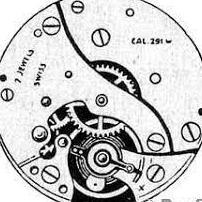



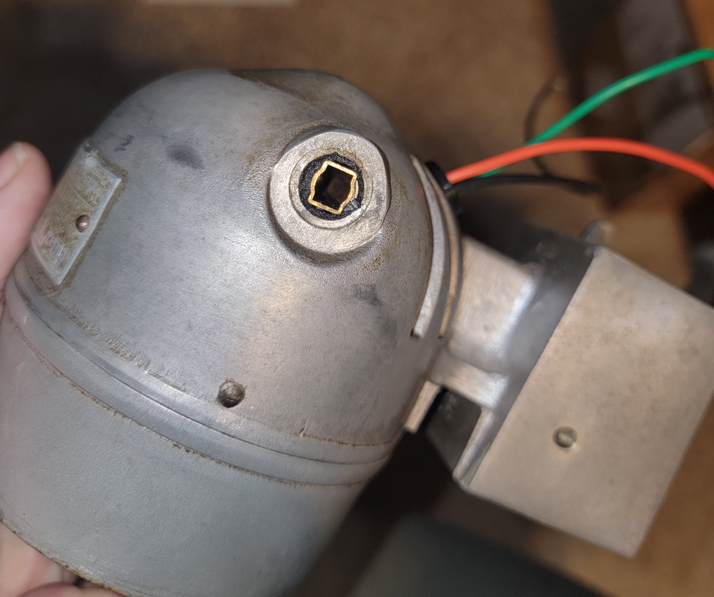
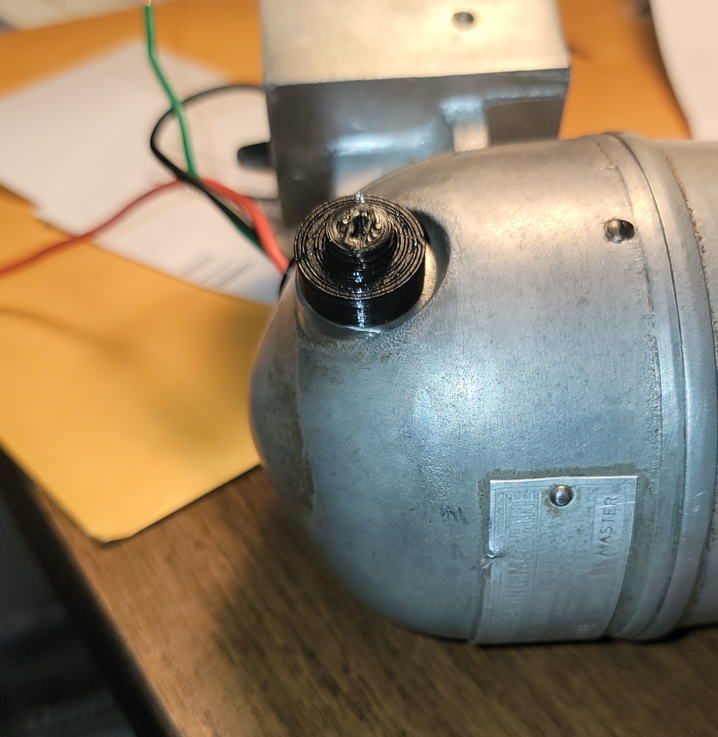


.gif.82dbf8a5f9893f64a093949d692557eb.gif)



